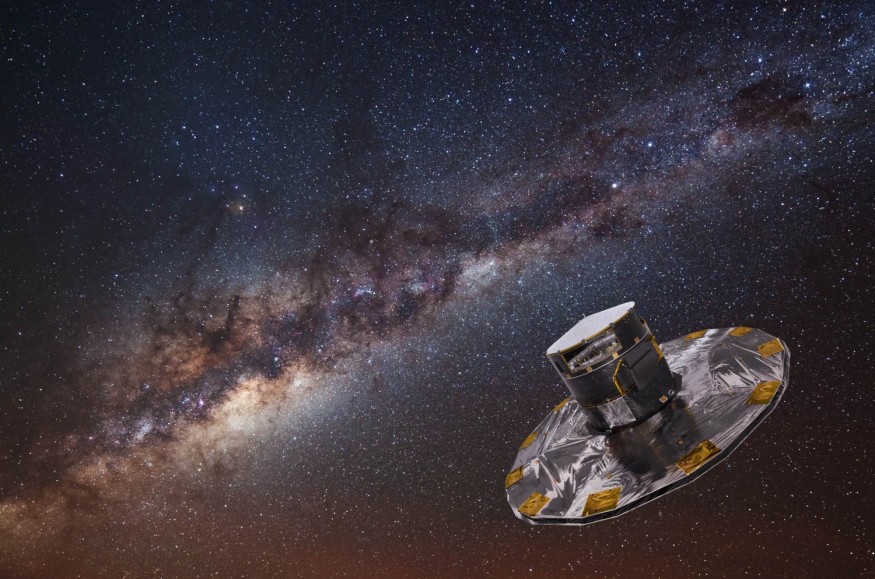Today's telescopes enable astronomers to study the vastness of space and all of the interstellar bodies, especially bright stars. In a recent publication, theoretical physicist Dr. Lina Necib writes about her team's discovery, Nyx, a cluster of stars within the Milky way, yet born elsewhere.

Combining recent astrophysics research, supercomputers, and the Gaia space observatory, they discovered Nyx within the Sun's vicinity. Since the stars were born elsewhere, it means that a dwarf galaxy merged with the Milky Way.
Nyx may have been stretched out in its original orbit until it eventually got disrupted by tidal forces. For some reason, the globular clusters drifted towards the Milky Way.
The motion of the stars, or kinematics, within the Milky Way, was observed by the team. 'If there are any clumps of stars that are moving together in a particular fashion, that usually tells us that there is a reason that they're moving together,' Necib said.
Discovering NYX
Caltech, UC San Diego, Northwestern University, and UC Berkeley with other institutions have been collaborating to create detailed simulations of realistic galaxies for the Feedback In Realistic Environments (FIRE) project. FIRE simulations are a compilation of data about how galaxies have formed and evolved.
In 2013, the European Space Agency launched the Gaia space observatory where astronomers have been building a 3D map of up to one billion stars in the Milky Way and outer space. 'It's the largest kinematic study to date. The observatory provides the motions of one billion stars,' explained Necib. 'A subset of it, seven million stars, have 3-D velocities, which means that we can know exactly where a star is and its motion.'
'We've gone from very small datasets to doing massive analyses that we couldn't do before to understand the structure of the Milky Way.' Combining the FIRE project and the work at Gaia resulted in discovering Nyx as well as the origins of the Milky Way.
Read Also: The Tilted Disk: The Milky Way's Core Energy Reveals New Insight for the Entire Galaxy
Merging with the Milky Way
'Galaxies form by swallowing other galaxies,' Necib said. 'We've assumed that the Milky Way had a quiet merger history, and for a while, it was concerning how quiet it was because our simulations show a lot of mergers. Now, with access to a lot of smaller structures, we understand it wasn't as quiet as it seemed. It's very powerful to have all these tools, data, and simulations. All of them have to be used at once to disentangle this problem. We're at the beginning stages of being able to really understand the formation of the Milky way.'
Their model eventually identified a cluster of 250 stars that suddenly appeared in the Milky Way's disk and continued to make it's way to the galaxy's center. Necib remembers when she discovered Nyx. 'Your first instinct is that you have a bug. And you're like, 'Oh no!' So, I didn't tell any of my collaborators for three weeks. Then I started realizing it's not a bug, it's actually real and it's new.''
Thinking it was already discovered, she went through stellar data to double-check. 'Luckily for me,' she said, it was a new discovery, which she named Nyx after the Greek goddess of night.
Her team has plans to continue observing Nyx with ground-based telescopes. Learning about its chemical makeup and other details will help them date when Nyx merged into the Milky Way and where they came from.
Read Also: Now You See Me, Now You Don't: Massive Telescope Captures Mystery Cosmic Disappearance
© 2025 ScienceTimes.com All rights reserved. Do not reproduce without permission. The window to the world of Science Times.










